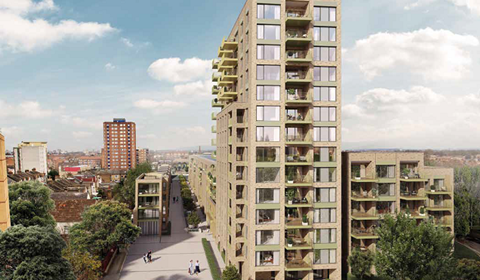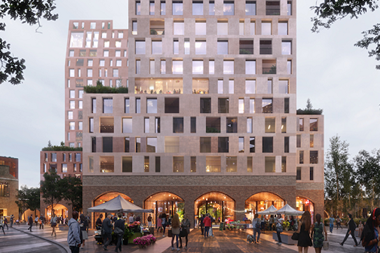The build-to-rent (BTR) sector has never been busier.

This is, of course, most welcome with current housing shortages. BTR can be delivered relatively quickly and is not necessarily prone to financial or external cyclical influences that have in the past dampened build-to-sell levels of activity.
So what are the highest hurdles for institutional investors in BTR? From a tax perspective, it brings a host of considerations that are just not relevant to investment into commercial property assets. BTR assets are residential, which results in investments in BTR assets being caught within tax rules primarily designed to tax other types of residential property investment.
A 3% stamp duty surcharge for second homes is added to any claim for multiple dwellings relief. Is it unfair? You never pay more than you would for commercial property, but on the other hand the surcharge is aimed at second-homers, not BTR investors.
Tax risk
Next is VAT, which creates both cost and risk. Building homes to sell can be carried out on a VAT-efficient basis through the availability of zero rating on both the construction costs and onward sale. The construction rules apply equally to BTR developments, but the exempt end use creates more complexity around the recoverability of VAT on professional and land costs.
However, even if development structures are VAT efficient, the operational side is likely to create a VAT cost. In the commercial property context, the VAT cost normally sits with the end consumer.

The impact on the rent can be negligible depending on the chain of under-lettings. However, in BTR arrangements, the VAT cost sticks with the landlord because it makes the last supply in the chain as an exempt letting to tenants. This irrecoverable VAT must be factored into decisions about rent setting and acceptable level of returns.
As the BTR sector evolves it creates issues around interpretation, which lead to tax risk. Determining whether residential units are dwellings for VAT purposes requires analysis of the dwellings as well as of restrictions in planning and related documents. What about ancillary facilities such as gyms and common areas - are they part of the dwellings?
The limited guidance on this confirms that construction of a residents-only gym in a single residential block should benefit from zero rating, but what about a residents-only gym in a separate building for use by a number of residential blocks? What about services? When does the letting stop being exempt of a dwelling and start to become a hotel? Can services be offered separately to rent? These considerations will no doubt create debate as the institutional BTR market matures.






























No comments yet